How to Build a Circle of Support for Your Disabled Loved One
It’s a phrase you hear a lot in disability services:
“You need a strong circle of support.”
But what does that really mean?
Is it family? Friends? Therapists? Support staff? Community spaces?
Yes. And more.
A circle of support is the intentional web of people, places, and relationships that help your loved one thrive emotionally, socially, and practically, without relying entirely on you.
And if you’re like most families I meet, you’ve tried to build it on your own, school IEP teams, case managers, a great neighbor, maybe a provider or two. But too often, it falls apart when transitions happen. People move. Services end. School support disappears after graduation.
That’s why we built the Disability Innovation Hub: to give families a place where circles of support can grow organically, through shared space, shared purpose, and shared humanity.
What Makes a Circle of Support Work
A true circle of support includes:
Natural relationships: friends, peers, neighbors, trusted adults
Formal connections: therapists, case managers, direct support professionals
Community: the kind of place where you’re known and missed when absent
Safe structure: clear expectations, flexible boundaries, emotional safety
You can’t force these things to happen, but you can create the right conditions.
That’s what we see at the Hub every week.
How the Hub Builds Circles Without a Script
Unlike traditional programs, the Disability Innovation Hub (DIH) isn’t about checking boxes. It’s about co-creating a life-giving rhythm.
A young adult who never liked group activities finds a quiet corner and a puzzle buddy.
A provider sets up shop a few times a week, and members naturally build trust.
A parent meets another over coffee, and swaps resources, stories, and solidarity.
A member shows up, not for a program, but because this is their place.
It’s not a social skills class. It’s real social experience, with scaffolding built into the space.
And slowly, support doesn’t just come from services. It comes from people. From relationships. From belonging.
Tips for Building Your Own Circle
Even if you’re just starting out, here’s what I recommend:
List who’s in your child’s life now, formal and informal
Name what’s missing: social time? mentorship? provider overlap?
Get out of one-to-one mode, look for shared spaces like The Hub where interactions happen naturally
Invite professionals to show up in community, not just clinics, so relationships form over time
And most of all, be patient. Circles grow slowly. But they do grow.
Want to Watch One Form in Real Life?
Come spend a day at the Hub.
We offer a free guest pass so you can:
Try the space
Observe how people connect (or not, it’s okay to just hang back)
Talk with our team about building something sustainable
See how we hold space for neurodivergent brilliance, curiosity, and quiet presence
Your loved one deserves more than services. They deserve support that lasts.

